Building my first boat was a means to an end. I had done a lot of backpacking and bicycle touring but I’d grown tired of lugging a heavy pack on the trails and dodging cars and trucks on the roads. I imagined that with a boat I could travel with lots of gear and have a plenty of elbowroom, so I studied charts and set my sights on cruising north to explore the long inlets of British Columbia. I didn’t have the money to buy a boat so I had to build one. I read Gardner’s Dory Book and Building Classic Small Craft and ordered plans for a Chamberlain dory skiff. My parents let me set up a temporary workshop in the back yard, and after I had an enclosed space and a workbench hastily knocked together with construction lumber, I was ready to get started on the skiff.I had a lot to learn about building a boat. I was 25 and I’d been using tools for quite a while and thought I was a fair woodworker. Before I turned 10, I had built a couple of forts in the back yard, in my early teens I made two bunk beds for myself and a bunch of skim boards, and at 17 I built a plywood diving helmet and a pump to supply it with surface air. But the skiff, with its curves and wide array of unfamiliar materials posed problems I hadn’t anticipated. When I started shaping the stem, for instance, I was convinced that white oak couldn’t be planed. I worked on it with files as if it were metal until I learned how to put proper edges on my growing collection of woodworking tools. I also mangled a lot of bronze boat nails hammering them into undersized pilot holes thinking the small holes would provide a better hold. With all the trouble I had, I often wondered what I had gotten myself into, but when the planks went on the curves emerged, and the frustrations began to loosen their hold on me.Eventually I finished the skiff and rowed and sailed it north up the Inside Passage, calling it quits after 700 miles when the weather window started to close. I’d spent a good part of a year building the boat and only a month putting it to its intended purpose, but I wasn’t left feeling that I’d made a bad bargain. I could have continued using the skiff to cruise the waters of Washington and British Columbia, but I was drawn back to boatbuilding. I erected another temporary shed in my parents’ back yard and built a gunning dory for my father. Then I started building boats for my friends. I was looking at plans instead of charts; the means had become an end.
Join The Conversation
We welcome your comments about this article. To include a photo with your remarks, click Choose File below the Comment box.

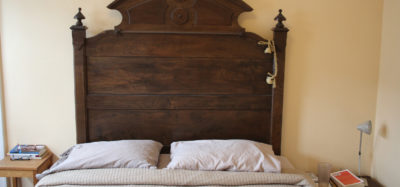

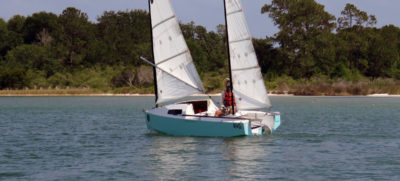
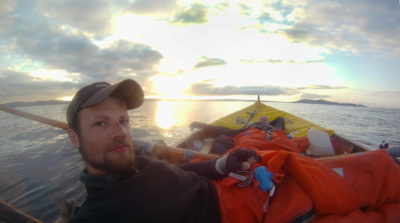


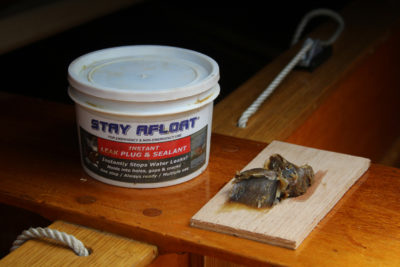

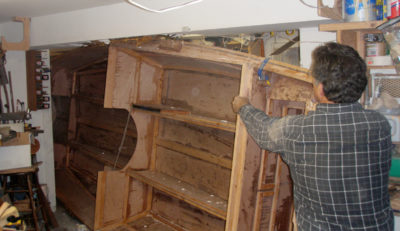
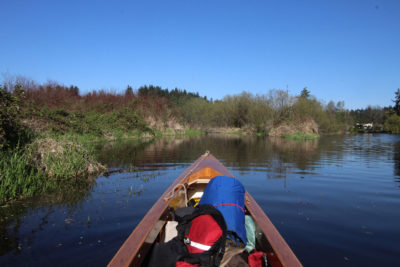
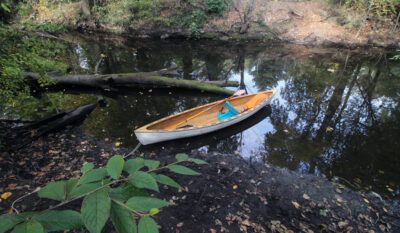
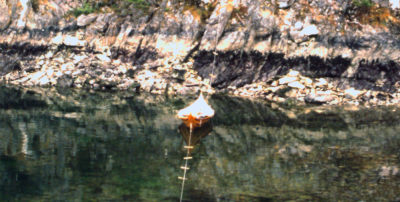
Just read your piece “Drifting Off”…very nice. The type of problem solving you describe is a habit I’ve also discovered. It’s an effective way of getting my mind working on solutions without being consciously aware of the work being done…and like you, many of my pre-sleep musings involve boat building or rigging. In addition to a pleasant alternative to counting sheep, it also piques my curiosity about mind/body connections. My work as an ER doc is mostly concrete stuff, but since my cancer episode I’ve been much more interested in the ways our mental, emotional and physical states integrate into a greater coherence (or not). I think the kind of practice you describe in “Drifting Off” not only make us better problem solvers, but also happier and healthier people.
Being an accountant, boatbuilding is a very different challenge. Solving a boat problem is easy if you fill you head with the options available and the solution appears so clearly after a bit of sleep, and conversely a problem at my desk is easily resolved by applying my mind to my boat building, and bashing a few planks aggressively if a tax problem frustrates me. The power of the mind during sleep is unmatched and under-used.
I thought I was the only one who did what you describe.
Personally, my best solutions to building problems or visualizations of how to create something new, tend to come in the shower the next morning.
Sometimes during my daily commute, but mostly in that wake-up time under the water.
The issue is now we can’t sleep, excited about correcting the next mistake 🙂
Kent
How ’bout a ‘reprint’ of the foam-board steam box article??